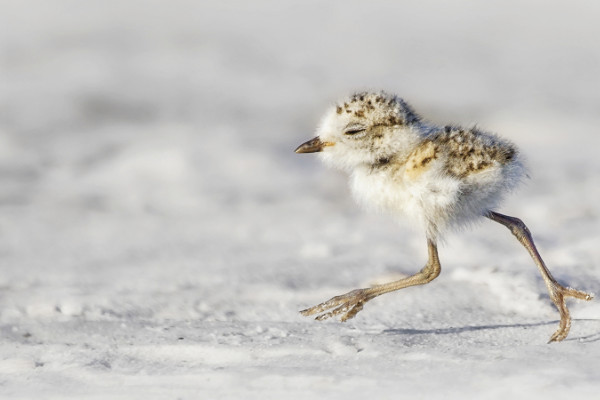Florida’s Gulf Coast provides a critical place for beach-nesting and wintering for native and migratory shorebirds. Though often invisible to us, millions of shorebirds build their nests along our beaches and dune systems. In particular, five shorebirds provoke local concern; Snowy Plovers, Wilson’s Plovers, American Oystercatchers, Least Terns and Black Skimmers. These species, in all the world, find the shoreline of Florida the most optimal nesting ground. Laws protect these species so rare they’ve earned the distinction of Imperiled Species.

